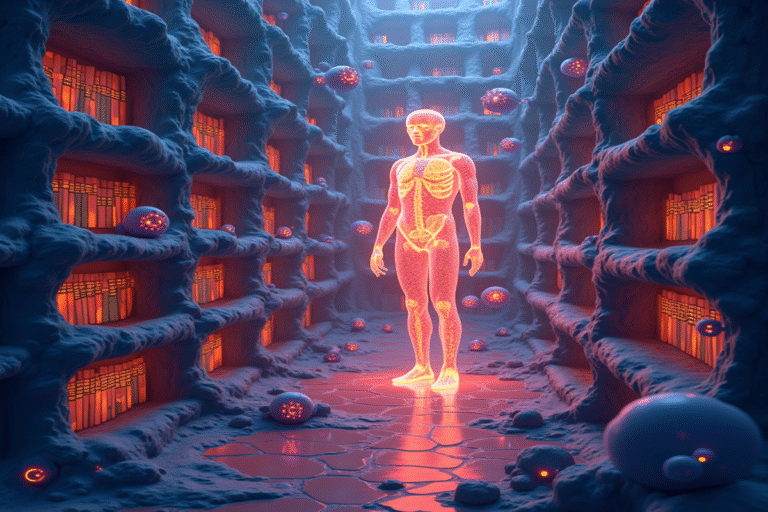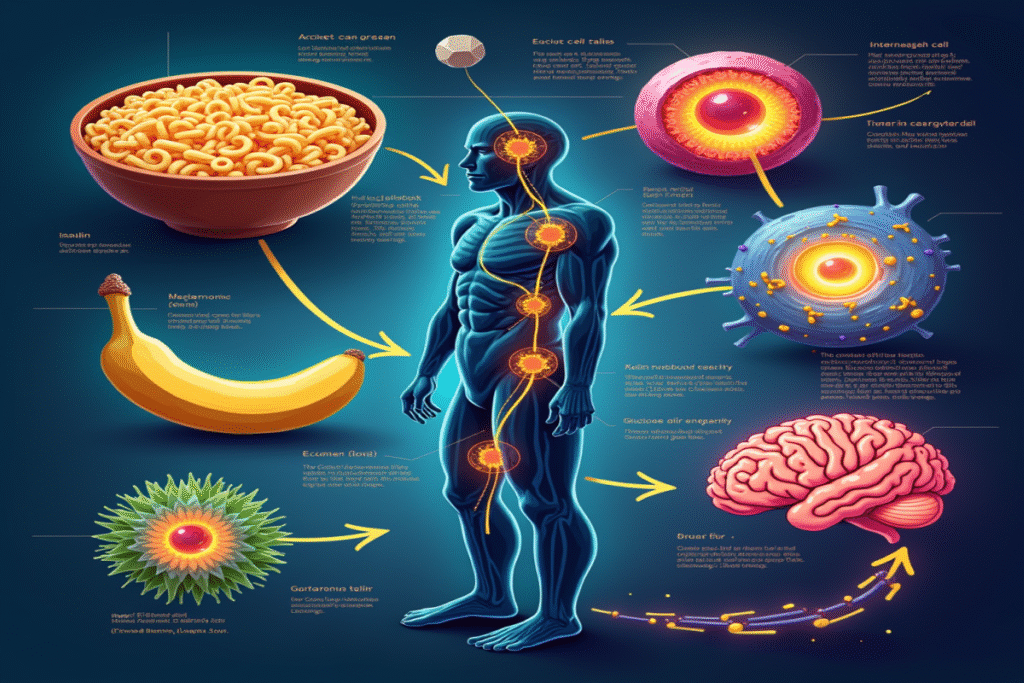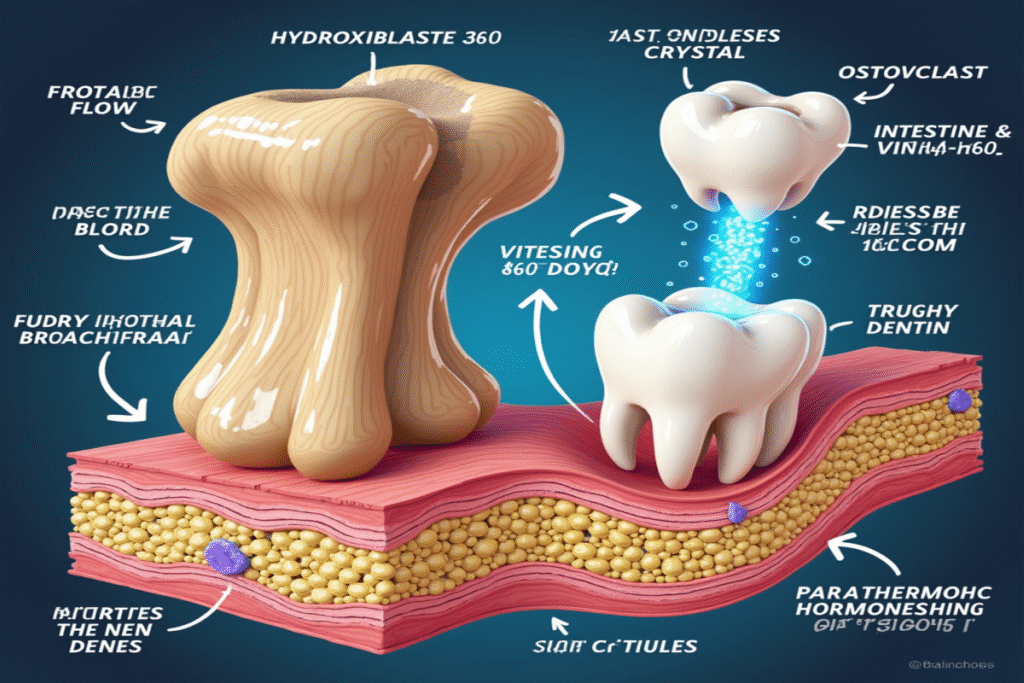Your body contains one of the most sophisticated defense systems in the natural world—a biological marvel that not only protects you from harmful invaders but also remembers them for future encounters. This remarkable capacity for immunological memory can safeguard you against certain pathogens for decades or even a lifetime.
The Immune System: Your Body’s Living Archive
Imagine your immune system as a vast biological library. When a new pathogen—like a virus, bacterium, or fungus—enters your body for the first time, your immune system doesn’t just fight it off; it meticulously catalogs information about this invader in what scientists call immunological memory.
This extraordinary process involves specialized cells that act like dedicated librarians, preserving details about the molecular structure of each pathogen you encounter. Years later, if that same threat returns, your body can mount a defense response with astonishing speed—often so quickly you won’t even realize you’ve been exposed.
Your First Encounter: Building the Blueprint
When a pathogen first invades your body, it triggers your adaptive immune system, which mounts a customized response through two main types of white blood cells:
- B cells – These produce antibodies, Y-shaped proteins that bind to specific parts of the pathogen.
- T cells – These either directly destroy infected cells or help coordinate other immune responses.
During this initial battle, which might cause you to experience symptoms of illness, something remarkable happens. Some of these activated B and T cells transform into memory cells—specialized defenders that remain in your body long after the infection clears.
The Cellular Time Capsule: How Memory Forms
The creation of immune memory involves a fascinating process called “clonal selection.” When your immune system encounters a pathogen, it activates only those B and T cells that can recognize specific parts (antigens) of that particular invader.
These chosen cells then undergo a dramatic expansion—multiplying rapidly to create an army of identical cells all designed to fight that specific threat. While most of these cells die off after the battle, a small population transforms into memory cells that circulate through your blood and lymphatic system for years or even decades.
What’s truly extraordinary is the longevity of these cells. Studies have found memory B cells in people who survived the 1918 Spanish flu pandemic—almost 90 years after exposure!
Inside Your Cellular Security System
Memory cells persist in a state of semi-activation, requiring minimal maintenance energy while remaining vigilant. They hide in specialized “niches” throughout your body—particularly in bone marrow and lymphoid tissues—where they receive survival signals from surrounding cells.
If you encounter the same pathogen again, these memory cells spring into action with remarkable efficiency:
- Memory B cells rapidly divide and produce antibodies at concentrations up to 100 times higher than during the first infection.
- Memory T cells multiply quickly and coordinate a targeted attack.
- The response time shortens from days (first encounter) to mere hours.
The Molecular Bookmark: How Cells “Remember”
The secret to immune memory lies in epigenetic changes—molecular modifications that alter how genes are expressed without changing the underlying DNA sequence. These changes create a kind of cellular bookmark, allowing memory cells to rapidly access and activate the genetic programs needed to fight specific pathogens.
Scientists have discovered that memory cells maintain specialized regions of “open chromatin”—areas where DNA is loosely packed and accessible—near genes important for immune function. This allows for lightning-fast activation when needed.
Vaccination: Hacking the Memory System
Vaccines are among humanity’s most ingenious medical innovations, working by safely introducing harmless pieces or weakened versions of pathogens to trigger immune memory without causing disease.
When you receive a vaccine, your body generates memory cells against the pathogen just as it would during a natural infection. The next time you encounter the real pathogen, your immune system recognizes it immediately and neutralizes it before it can cause illness.
This explains why some vaccines provide lifelong protection while others require boosters—it depends on how effectively they induce immune memory and how long those memory cells persist.
The Limits of Remembrance
Despite its sophistication, immunological memory has limitations. Some pathogens like influenza viruses and coronaviruses can mutate rapidly, changing their molecular appearance enough to evade recognition by existing memory cells. This is why you can catch the flu multiple times or why new COVID-19 variants emerge.
Additionally, some germs have evolved clever evasion tactics. HIV, for example, attacks the very immune cells meant to coordinate the defense, while malaria parasites can change their surface proteins to avoid detection.
The Marvels We Carry Within
Perhaps the most awe-inspiring aspect of immune memory is its sheer scale. Your body maintains a diverse library of memory cells capable of recognizing countless threats you’ve encountered throughout your life. This biological archive represents a personalized medical history written in cellular form—a record of every pathogen battle you’ve fought and won.
Next time you notice you didn’t catch that cold going around the office, thank your immune memory cells—the silent guardians that carry forward the lessons of past infections to keep you healthy today and for years to come.





